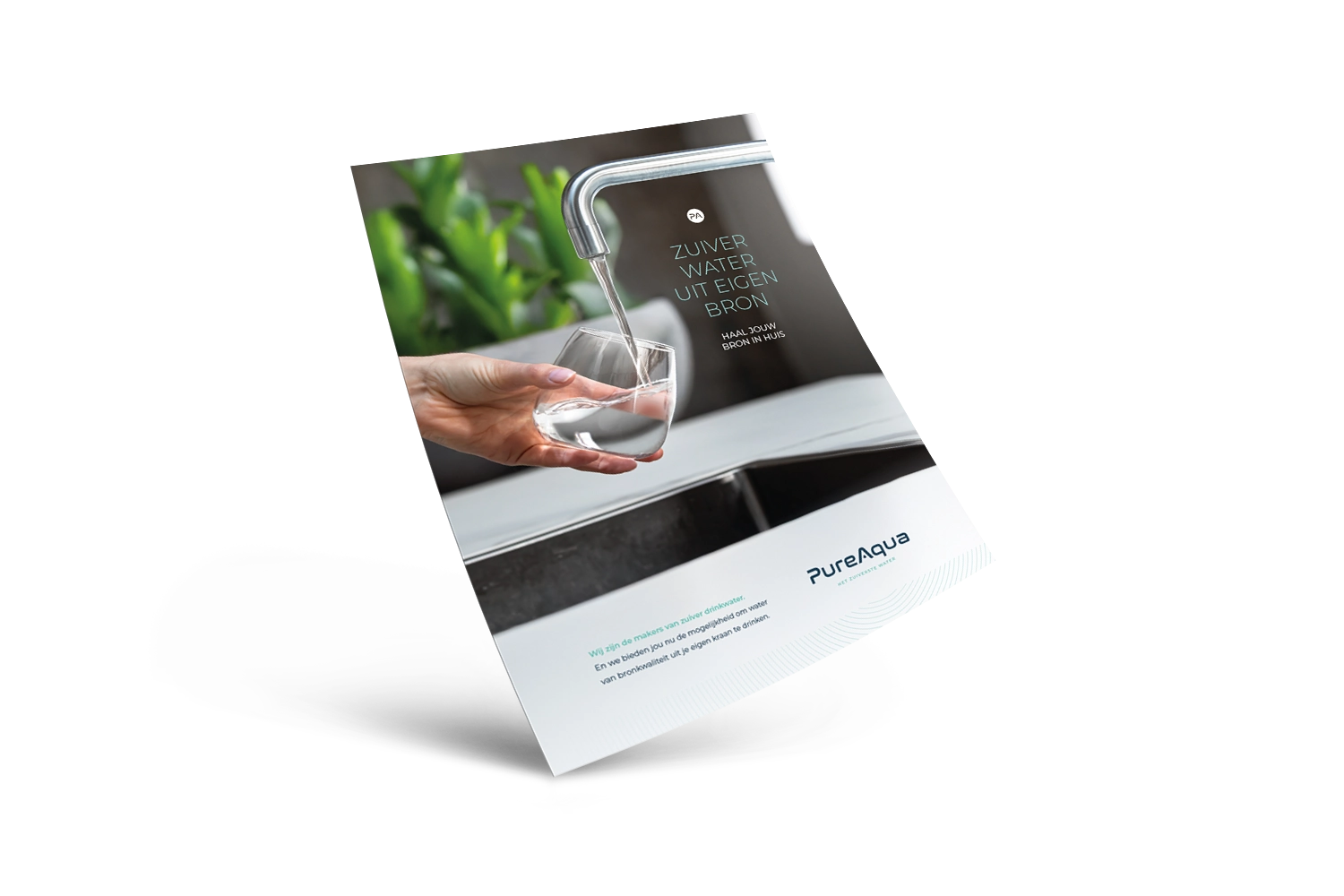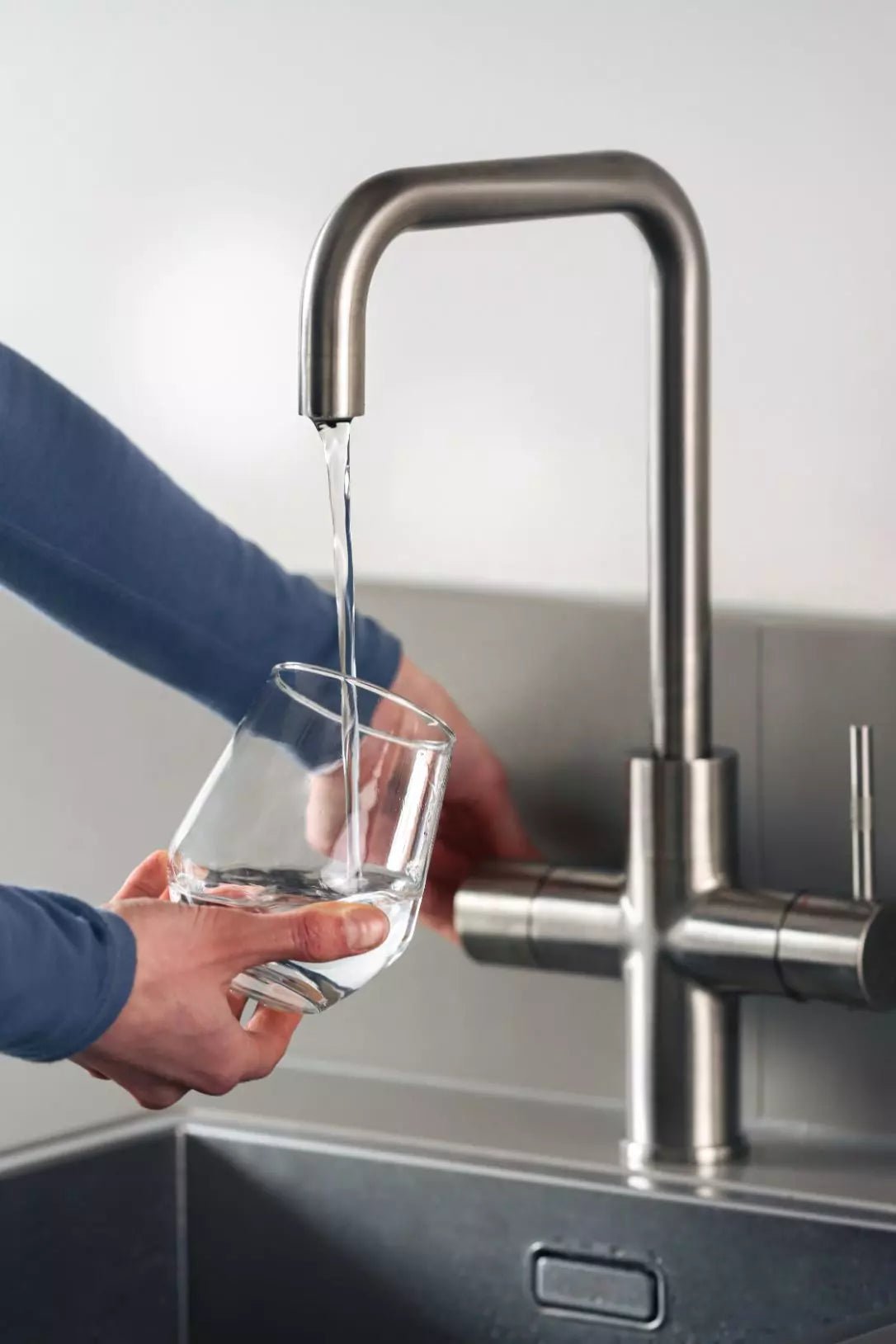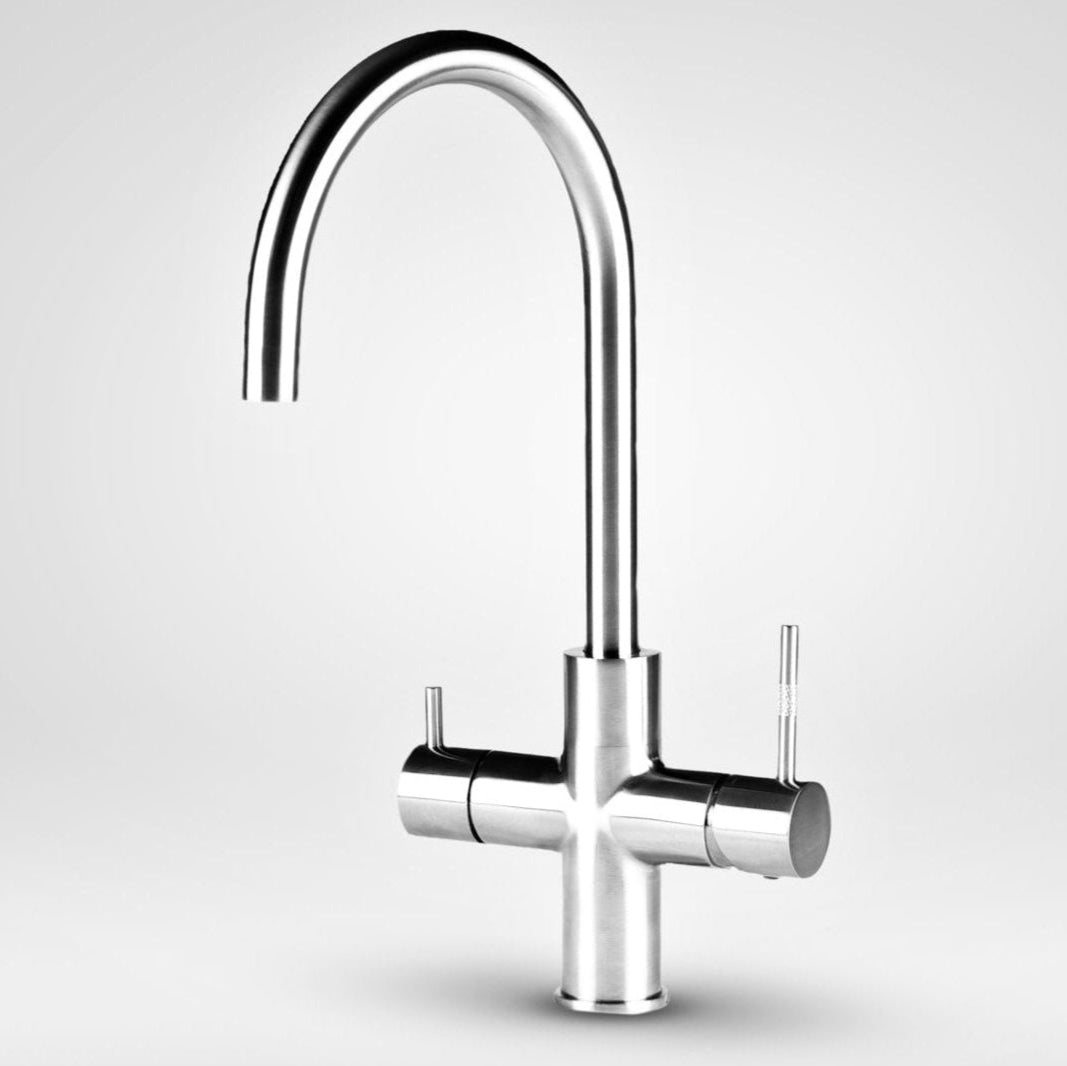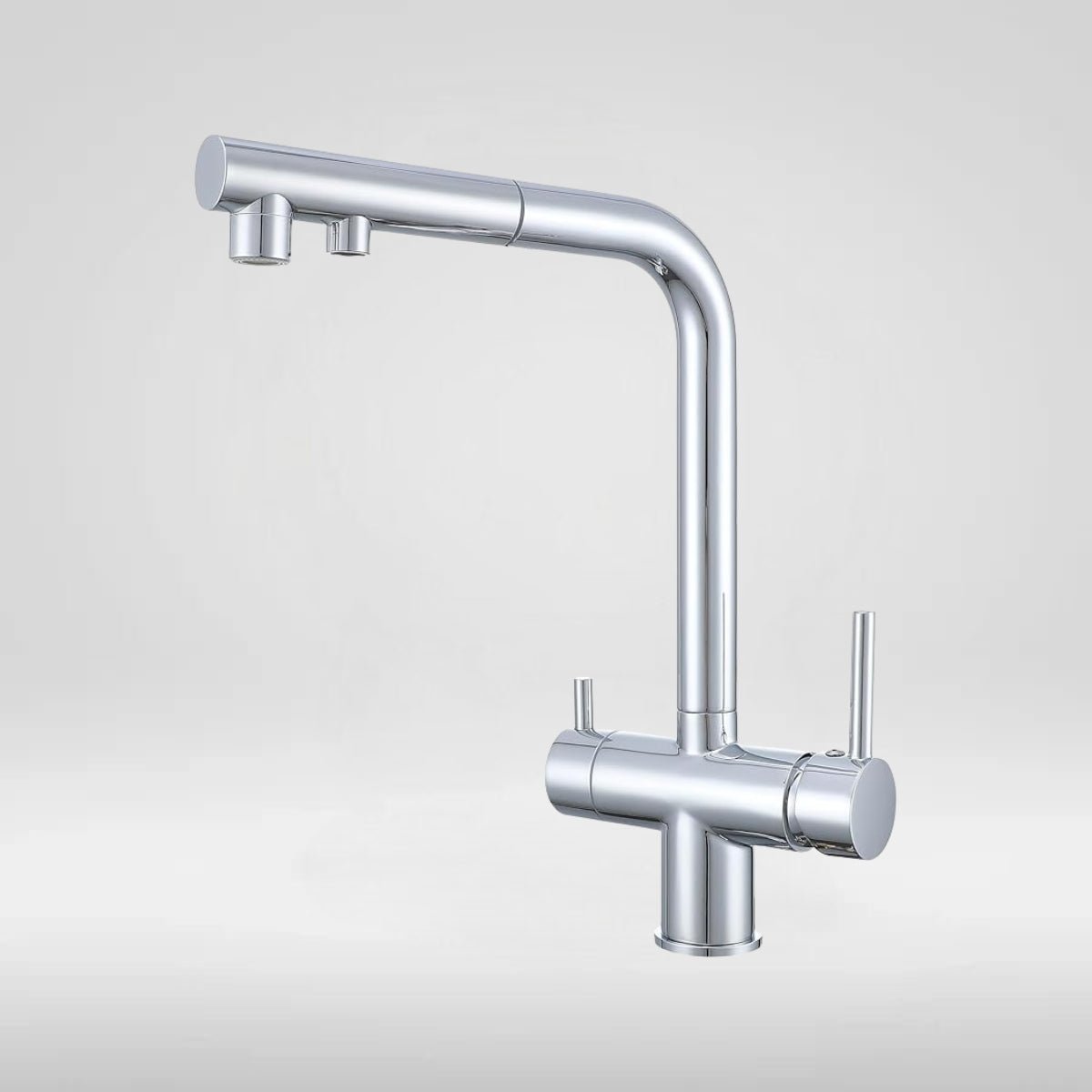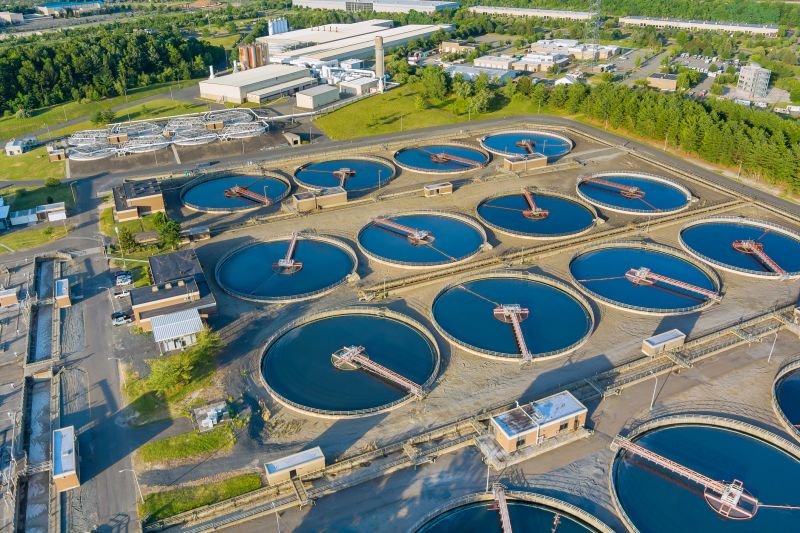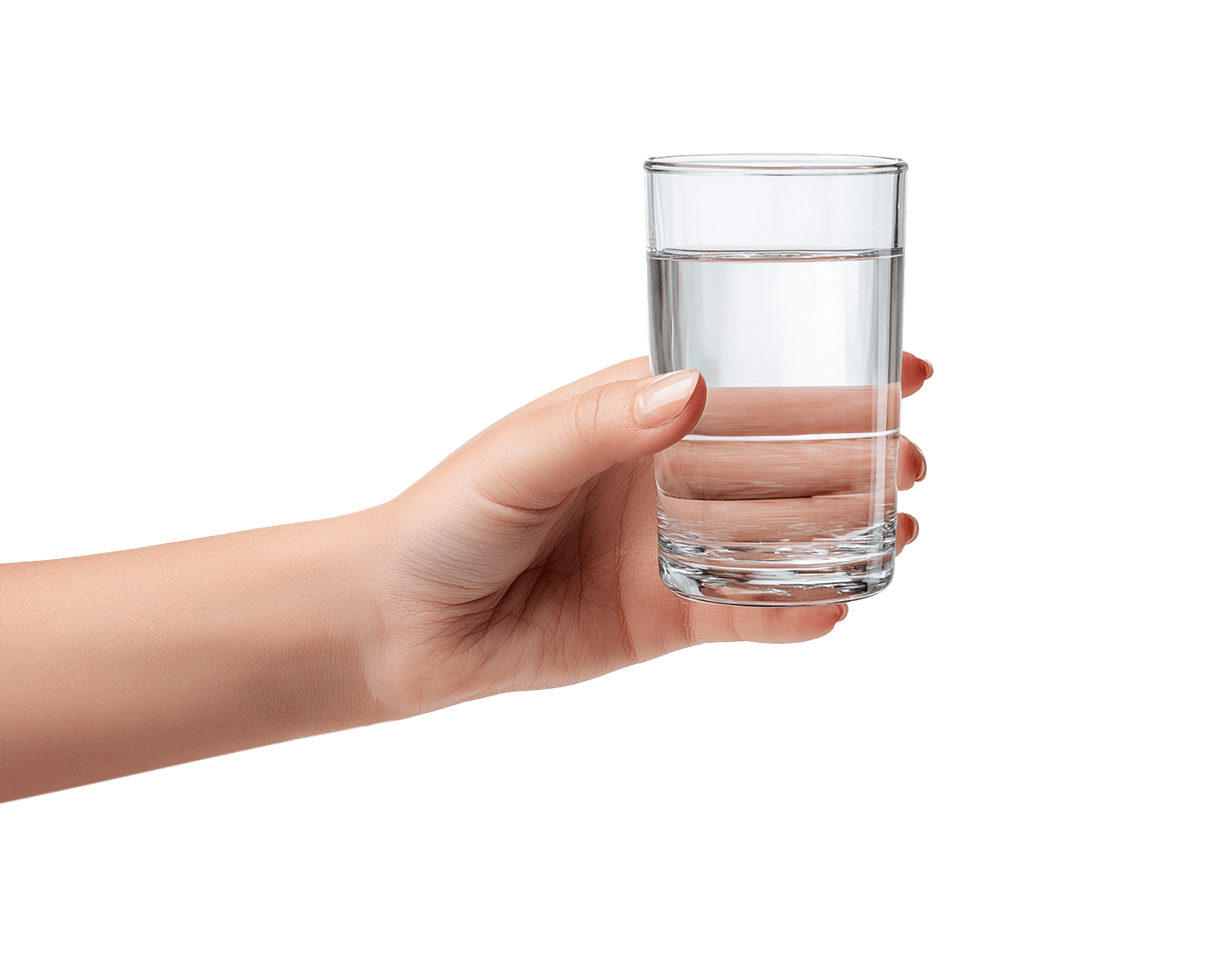Modern water filtration systems can remove a wide range of undesirable substances from drinking water. When it comes to dyes in water, specific filtration technologies can be effective. The most effective dye removal systems are activated carbon filters, reverse osmosis systems, and advanced membrane technologies. Depending on the type of dye and its concentration, these systems can remove between 90% and 99% of the dyes from the water.
Which types of water purifiers are effective against dyes?
When removing dyes from water, choosing the right filter type is essential. Not all water purifiers are equally effective at filtering colored substances.
Activated carbon filters are particularly suitable for removing organic dyes. These filters work through a process called adsorption, where dye molecules adhere to the carbon surface. They are relatively affordable and easy to install, but do require regular replacement to remain effective.
Reverse osmosis systems , such as The Source from PureAqua , offer one of the most thorough solutions for dye removal. These systems operate using a semipermeable membrane that blocks up to 99% of unwanted substances, including most dyes. Water is forced through this membrane under pressure, allowing only water molecules to pass through.
UV purification systems are less effective against dyes, but can help break down some organic color compounds. They are often used in combination with other filtration methods for more complete water purification.
How does the filtration process for dyes in water work?
Removing dyes from water is a complex process that may involve several techniques depending on the type of dye and its concentration.
Activated carbon filtration removes dyes through adsorption. The porous structure of activated carbon provides a large surface area to which dye molecules can adhere. This process is particularly effective for organic dyes and chlorine, but less so for inorganic substances.
The reverse osmosis process works fundamentally differently. In systems like The Source, the water goes through multiple filter stages:
- Pre-treatment with an activated carbon filter that removes larger particles and organic contamination
- Filtration through a semipermeable membrane that only allows water molecules to pass through
- Storage in a special tank for later use
- Post-treatment with a polishing filter for taste improvement
This combination of filtration techniques ensures that virtually all colorants are removed, resulting in clear, pure water.
What are the limitations of water purifiers when filtering dyes?
Although modern water purification systems can be very effective, they also have their limitations in removing dyes.
Effectiveness varies by dye type . Organic dyes are generally filtered better than inorganic ones. Some industrial dyes with very small molecules can pose a challenge even for advanced systems.
The concentration of dyes also plays a significant role. At very high concentrations, filters can become saturated more quickly, shortening their lifespan. It is therefore advisable to regularly test the water quality with a TDS meter, for example, which measures the amount of dissolved solids in the water.
Maintenance is crucial for optimal performance. Filters must be replaced regularly to remain effective. In reverse osmosis systems, it's important to check the membranes periodically and replace them as needed.
For households with very specific dye problems, a combination of purification techniques may be necessary. In some cases, pretreatment of the water may be necessary before it passes through the main filtration system.
However, with the right water purifier, such as an advanced reverse osmosis system, you can usually count on clear, pure water without dyes – which is not only better for your health, but also for the taste of your drinks and the lifespan of your appliances.
